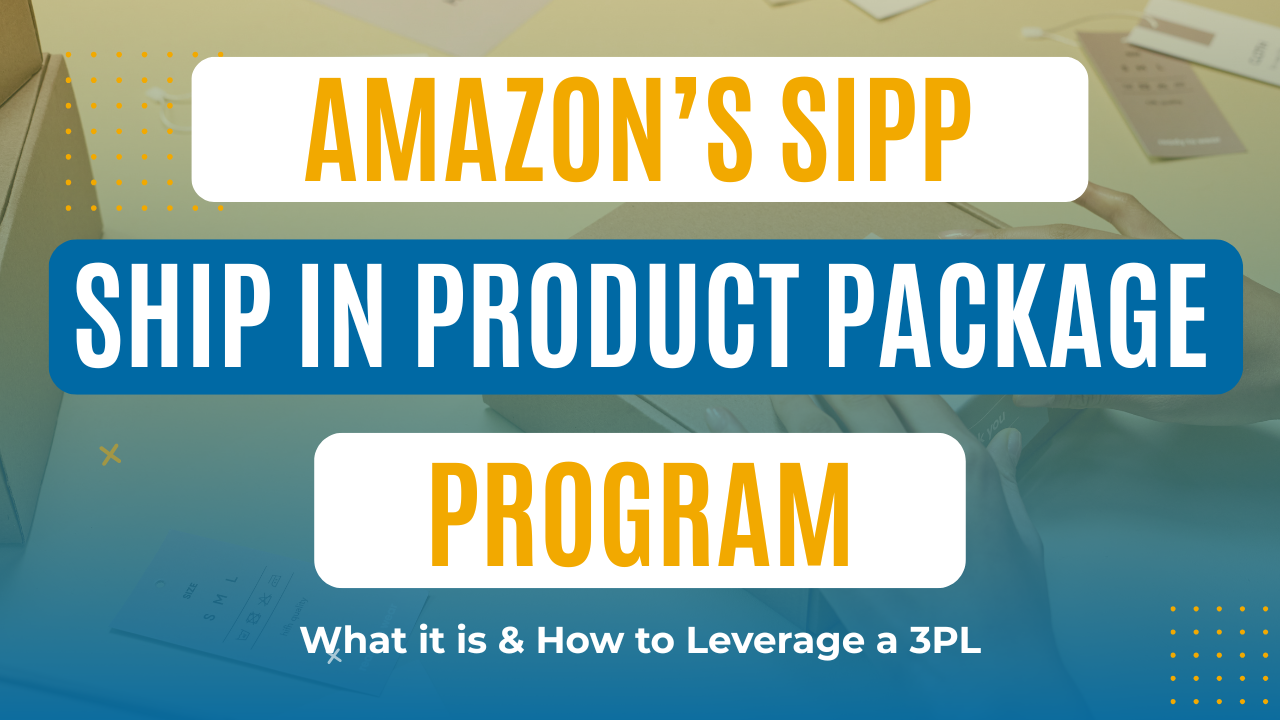
If you sell on Amazon using FBA, a major change is coming. The Amazon Ships in Product Packaging (SIPP) program offers real savings. But it doesn’t replace the need for prep or fulfillment services. With FBA prep services ending January 1, 2026, your logistics strategy needs to be sharp.
Jump right in: Table of Contents
1. What the SIPP Program Is and What It Changes
The SIPP program (Ships in Product Packaging) lets you ship FBA units to customers in their original manufacturer packaging without extra Amazon boxes or over‑boxing. Launched February 5, 2024 (after being rebranded from “Ships in Own Container”). It opened to sellers in the US, Canada, UK, Germany, France, Italy and Spain. Eligible products ship directly to customers, with Amazon simply attaching the label to the exterior packaging.
On January 1, 2026 Amazon will end its internal FBA prep and labeling services for US shipments.
SIPP hits two angles: fewer materials and cheaper fulfillment. Example data: in 2024 the program covered ~12 % of Amazon’s global shipments.
Bottom line, SIPP gives a packaging discount and green credentials; it does not replace inbound prep, logistics or fulfillment workflows.
2. Technical Requirements and Certification Pathway
To qualify for SIPP you need to meet strict packaging and testing standards.
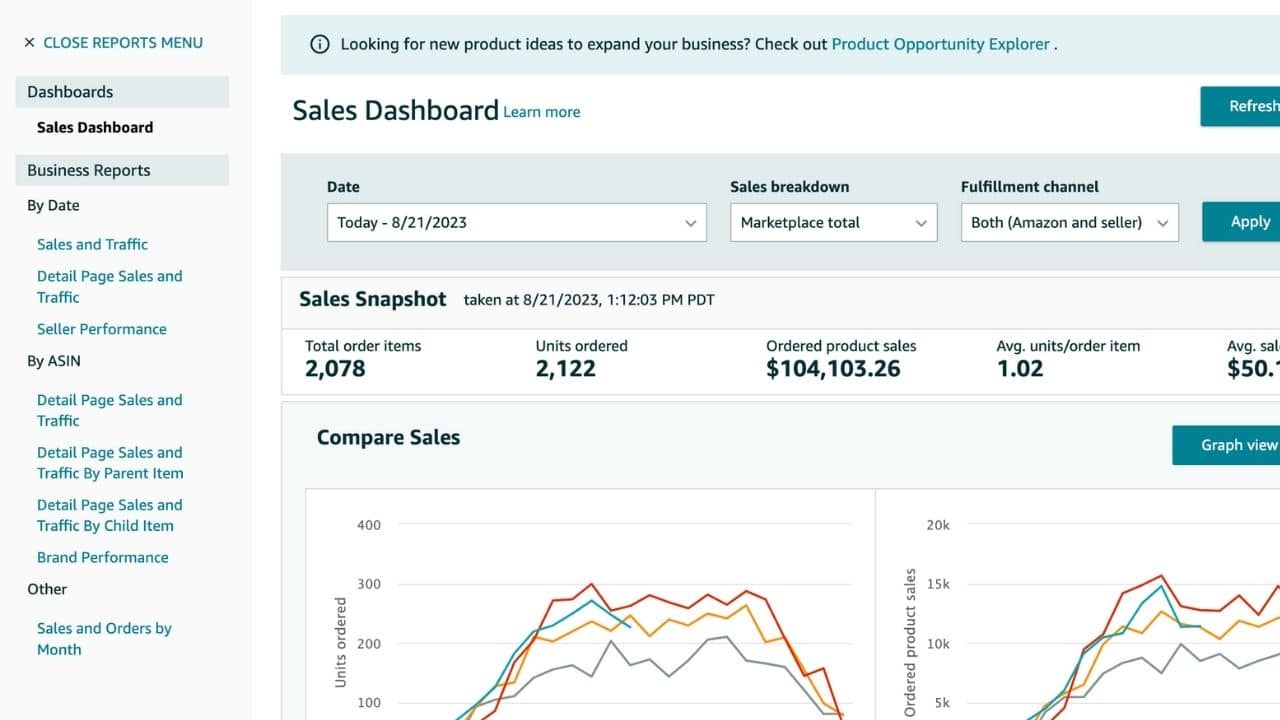
Packaging Dimensions & Materials
- Minimum carton dimension: 6.0″ × 4.0″ × 0.375″ (15.24 cm × 10.16 cm × 0.95 cm) so Amazon’s 6″ × 4″ label fits.
- Flexible packaging (North America): max 18.0″ × 14.0″ × 6.0″ and max weight 7 lb.
- Flexible packaging (Europe): max 17.91″ × 13.38″ × 9.25″ and max weight 11 lb.
- Rigid packaging: cube or rectangular, no L‑shaped, no large windows, no protrusions.
Material specs include: minimum 2 mils LDPE for flexible, tear strength ≥130 g (ASTM D1922), seal strength ≥5.7 lbs/in (ASTM F88‑15).
Testing – ISTA‑6 Standard
The test protocol depends on weight/fragility:
- Type A: under 50 lbs, standard parcel.
- Type B, C: heavier weights or LTL scenarios.
- Type G/H: TVs, monitors.
Drop tests, vibration tests, leak tests (for liquids) apply.
- Estimated cost: $300‑$800 for Type A; $800‑$2,000 for heavier/larger items.
One successful test may cover multiple ASINs if size/weight vary ≤25 %.
Certification Workflow
- Visit Seller Central → SIPP portal → check “Eligible Products”.
- Group similar ASINs by packaging/weight.
- Choose self‑testing (for non‑fragile items) or full lab testing (fragile, liquids, etc).
- Submit lab report or self‑test documentation. Approval takes ~3 business days.
Set certification “go live” date (starting from first receipt at FBA).
Sellers must monitor ongoing performance. Amazon can decertify products if damage rate or packaging non‑compliance gets too high.
3. Who Qualifies, Who Doesn’t and How Much It Costs
Eligibility
Qualified: non‑fragile rigid items, durable packaging like toys, books, luggage, pet products. Example: a toy brand removed packaging components and achieved a 58 % size reduction to meet SIPP.
Excluded: hazmat / dangerous goods (UN numbers, lithium batteries, flammable gases). Products too small (<6″ × 4″ × 0.375″). Flexible packaging items with liquids, granular items under 1″ diameter, sharp items, cylindrical/spherical without rigid inner packing. Fragile items (glass, ceramic, clay) may qualify but usually face lab testing and higher risk of failure.

Financial Case
Discounts in North America: $0.04–$1.32 per unit (depends on size tier).
Break‑even example:
- If you move 10,000 units/year with $0.25 savings each → $2,500 saved. With testing cost ~$500 your payback occurs in ~2 months.
- If you move 100,000 units/year with $0.40 savings each → $40,000 saved. Even if you spend $8,000 for testing/pack redesign, payback in ~2.4 months.
Note: European markets offer discounts up to €4 per unit.
The Big Shift from Jan 2026
Amazon’s own prep/label services vanish for US FBA inventory on Jan 1, 2026. (Amazon Developer Docs)
Prep service fees (2025 example): FNSKU labeling $0.55/item; polybagging $0.70; bubble wrap $0.80‑$1.50. Post‑2026 if bulky items are not SIPP certified Amazon may add ~$2.07 per unit packaging fee; if they are SIPP certified bulky items may receive ~$2.06 per unit fee reduction. That yields a differential of ~$4.13 per unit.
Your take‑away, SIPP is not optional for bulky items, it causes big cost gaps.
Managing FBA doesn’t have to be a hassle.
Partnering with a 3PL like eFulfillment Service means you can focus on growing your business while we handle the prep. Request a Free Quote Today!
4. Why 3PL and Prep Services Still Matter Despite SIPP
SIPP addresses outbound packaging to customers. It does not cover inbound logistics, labeling, prep, palletization, multi‑channel inventory management. These remain vital
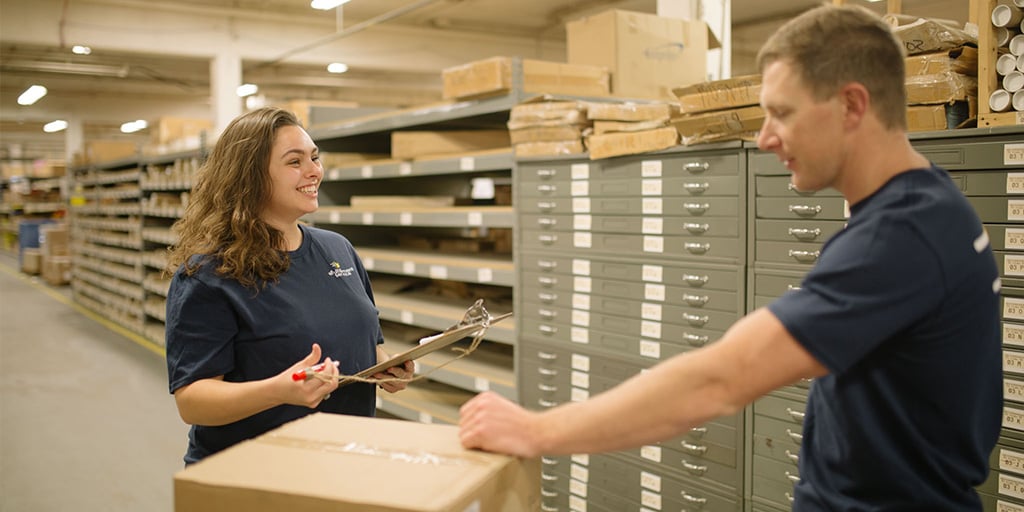
Key areas where 3PLs deliver value:
- FNSKU labeling: Every unit sent to FBA must carry the correct FNSKU label on an outer surface.
- Carton prep & palletization: Amazon mandates standard 48″ × 40″ pallets, max 72″ height single stack, stretch wrap, etc.
- Shipment coordination: Schedule appointments, handle carriers, manage documentation and split shipments.
- Multi‑channel inventory: If you sell on Shopify, Walmart, eBay etc a good 3PL integrates all channels and helps avoid overselling, keeps stock in check.
- Returns and inspection: Returns often cost 2‑3x more labor than outbound. 3PLs handle grading, restocking, photo documentation, refurbishing.
- Quality control: Packaging must meet SIPP standards before you ship inventory. 3PLs inspect packaging, seals, labeling, etc.
If you assume SIPP takes care of everything you may overlook these inbound and logistics requirements and face rejections, higher costs or inventory delays.
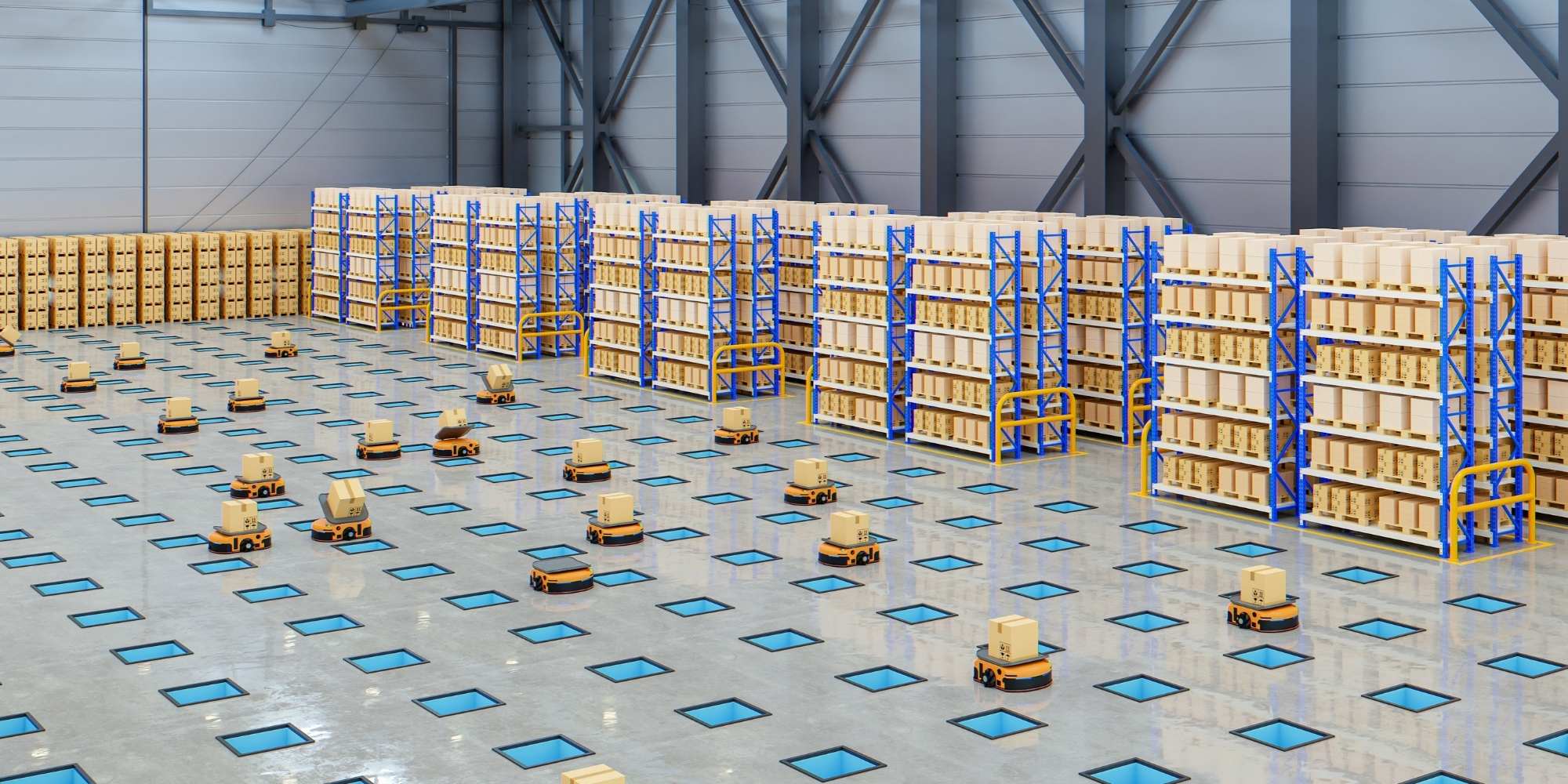
5. Strategic Imperative: How to Integrate SIPP with Fulfillment Infrastructure
Here’s how you should act now:
Audit Your Catalog
- Identify which SKUs are eligible for SIPP.
- Prioritize high‑volume SKUs for faster ROI.
Decide on Prep Strategy
- SIPP eligible SKUs → pursue certification.
- Non‑eligible SKUs → set up inbound prep via 3PL or in‑house.
Secure 3PL Partnerships Early
With the Jan 1, 2026 deadline looming, good 3PL capacity will get tight in Q4 2025. Lock partner, pricing and processes early.
Develop Packaging Roadmap
- For SIPP: redesign packaging, run tests, enroll.
- For others: adjust workflows for labeling, polybagging, boxing, etc.
Monitor Metrics
- Damage rates of SIPP vs non‑SIPP. If your SIPP packaging causes damage rate to exceed Amazon’s thresholds you lose certification.
- Inventory check‑in delays.
- Cost per unit for prep vs savings via SIPP.
Summary Table
| SKU Type | Strategy | Key Metric |
| SIPP‑eligible durable items | Get packaging certified, enroll in SIPP | Savings per unit ($0.04‑1.32) |
| Non‑eligible or fragile items | Use 3PL or in‑house prep and fulfillment | Cost per unit for prep; avoidance of Amazon prep fees |
| Mixed catalog | Hybrid workflow (SIPP + traditional) | Seamless routing and SKU‑level tracking |
Managing FBA doesn’t have to be a hassle.
Partnering with a 3PL like eFulfillment Service means you can focus on growing your business while we handle the prep. Request a Free Quote Today!
Key Takeaways for Amazon Sellers:
The SIPP program offers you a way to save on FBA fees and improve packaging efficiency. It does not remove the need to manage inbound prep, labeling, logistics, or fulfillment. With Amazon ending its internal prep services on January 1, 2026, you must act now. Audit your catalog, redesign packaging where eligible, partner with reliable 3PLs, and build workflows for all SKU types. If you begin now you’ll avoid bottlenecks and set your business up for smoother operations moving forward.
Next step: Pick one high‑volume SKU, map current cost per unit for prep or packaging, estimate the savings if SIPP certified, and decide whether to pursue SIPP certification or 3PL prep services for that SKU.
Ready to talk fulfillment or FBA Prep solutions? The team at eFulfillment Service is happy to help answer questions and set you up for fulfillment success. Here’s to fewer headaches and more growth ahead!
Sources
- Amazon official notice: “US FBA prep and labeling services to end January 1 2026” (Amazon Developer Docs)
- Industry analysis on Amazon ending prep services (eFulfillment Service)

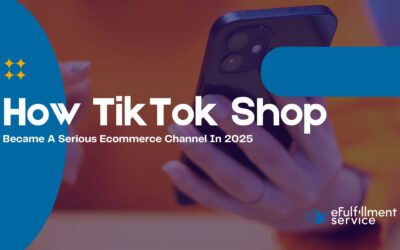
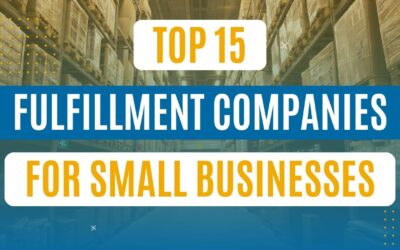

0 Comments